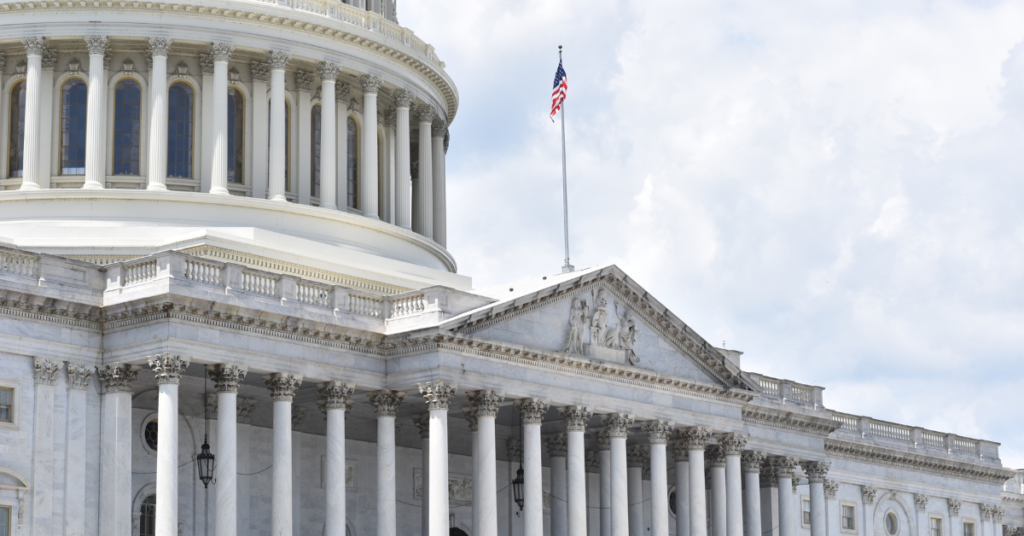Written by Sr. Dale McDonald, PBVM, Ph.D., NCEA Vice President of Public Policy, mcdonald@ncea.org
How have so many states been able to enact programs to provide financial assistance to parents to assist in their choice of schooling for their children?
That is a question that ought to be asked by citizens of this nation, particularly in the 17 states that do not provide such options. There are 76 choice programs among the 33 states, as well as the District of Columbia and Puerto Rico, that enroll more than a million students in faith-based and private schools.
Why not all 50 states?
From a political perspective, lawmakers are consistently met with opposition from entrenched interests who benefit from the status quo of a one-size-fits-all public school monopoly. Such opposition arguments are often cloaked in issues decrying lack of accountability, discrimination, subsidizing the wealthy and dismantling of the public school system. Such erroneous myths must be challenged by the record of private school student achievement and parental satisfaction data.
How can parents and other interested parties advocate for the creation of a program for developing choice options in those states that have not done so?
Advocating for school choice in reluctant states requires a complex approach that involves a combination of various diverse local and state stakeholders engaged in strategic messaging around the one goal.
What is the message that should motivate the choice agenda?
The term “parental choice” rather than “school choice” underscores the message that parents are the primary educators of their children that was articulated in the 1925 Supreme Court decision Pierce v. Society of Sisters. The pro-school choice argument is that more options give students the chance to find an educational experience that best suits them. Framing school choice as empowering parents should align all parents whether their students are in public or private schools. Organize the messaging around one theme: parents have the right to select the best educational option for their child.
How do you begin?
In many states the roadway to choice was paved by visionary leaders committed to making their states providers of educational opportunities for all students. Some were philanthropists like J. Patrick Rooney, then-chairman of the Golden Rule Insurance Company in Indianapolis, IN, who created the nation’s first privately funded scholarship organization: the Educational CHOICE Charitable Trust. Others worked at the statehouse level, like Annette “Polly” Williams, a Wisconsin state legislator who gathered a bipartisan coalition of moderate Democrats and Republicans, as well as a grassroots coalition of parents and community leaders to get the Milwaukee Parental Choice Program authorized to empower parents. Additional bold advocates for empowering families and transforming educational landscapes included parental coalitions, governors, local Chamber of Commerce organizations and education policy scholars like Jack Coons and Jules Sugarman who wrote Education by Choice: The Case for Family Control. Identify those parents, civic leaders and philanthropists in your area that have a passion for choice and the influence status to make things happen and work with them to build a coalition.
How do you build a successful coalition?
Parents, school and church leaders, community activists, business leaders and statehouse legislators are primary leaders in developing program legislation that would meet local needs. Involve all from the beginning. Using coalition partners in building connections with state legislators is key as well as understanding the political forces acting upon lawmakers. Do your homework: find out from parents what the needs are and frequently remind legislators to listen to their constituents! From a Catholic perspective, bolstering the institutional support of church is foremost. Also, recognizing the influence of other interest groups and their policy influence is crucial. The State Catholic Conference public policy office would be a great source of knowledge and support.
What is the best type of choice program?
Explore the various program options and work with parents to determine which program structure (ESA, voucher, tax credit, etc.) the choice bill would best meet local needs and then be flexible in working with legislators to decide on a program that would have a chance for legislative success.
Author Victor Hugo, once observed, “There is nothing more powerful than an idea whose time has come.” This is the time! There has been a great expansion of the number of states that have passed school choice legislation. State-wide and national polling results show public support (71 percent vs. 13 percent opposed) across party lines. (American Federation for Children) Now is the time to advance choice options everywhere!
Interested in learning more?
From the Schoolhouse to the Statehouse is a free downloadable PDF in the NCEA Bookstore and outlines the role of school leaders in advocating for parental choice.
